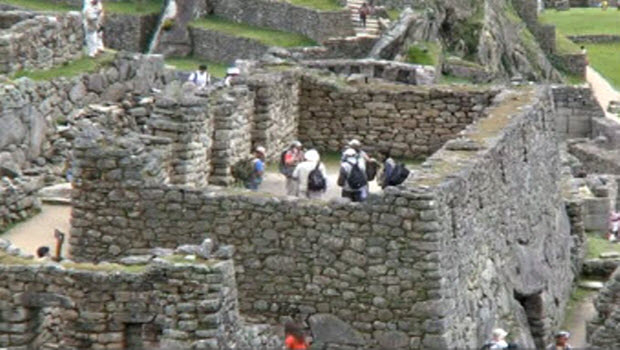
Peru rejects French explorer’s bid to dig up evidence of Machu Picchu Inca tomb
[Originally published February 10, 2013] Contained in the official Machu Picchu Master Plan is an intriguing theory by Peruvian archaeologist Luis G. Lumbreras. He posits that the iconic Inca citadel is in fact Patallaqta, a “Royal Mausoleum” built — much like the Egyptian pyramids were for the ancient pharaohs — to venerate the Ninth Inca Pachacutec after his death.
But hard archaeological evidence to prove the tantalizing Pachacutec tomb theory remains elusive.
Enter French explorer Thierry Jamin.
He’s been pushing for permission to excavate Peru’s most popular tourist site in search of a Pachacutec burial chamber.
However, the Regional Directorate of the Ministry of Culture in Cusco issued about the most stinging rebuff possible to Jamin and his non-profit Inkari Institute, calling his research “unfounded” and his bid to dig at Machu Picchu nothing less than an attempt to destroy and “huaquear” (or desecrate and loot) the ancient World Cultural Heritage site.
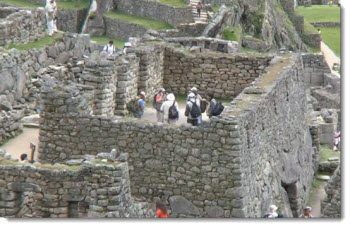
In a press release, reported last week by Peru’s leading newspaper El Comercio, the Ministry of Culture called Jamin and his team “adventurers” and “treasure hunters,” whose excavation plan lacks historical support to show that there are hidden burial chambers.
“This confirms for us that the only interest is to find hidden treasures without having the slightest knowledge of the conservation of an important architectural structure,” the Ministry statement said.
Jamin told Peru’s RadioProgramas that a tourist alerted his institute to a possible tomb entrance filled in with packed stones. His team conducted a survey last year with electromagnetic scanning, which he says provided 3D imaging up to 20 meters below the surface, and detected multiple underground chambers and traces of metal — possibly gold.
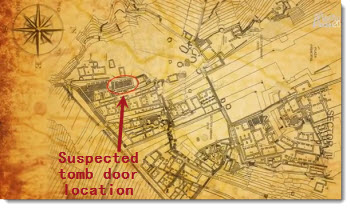
“This could confirm the years-old hypothesis of archaeologist Luis Lumbreras that Machu Picchu was the mausoleum of Pachecutec,” Jamin said.
But even Lumbreras was cited by El Comercio in opposing Jamin’s efforts to dig for that confirmation.
“This place was intensely looted during the Colonial era and at the beginning of the Republic,” Lumbreras was quoted saying. “When (Hiram) Bingham discovered it, it had already been burned through more than once.”
If you like this post, please remember to share on Facebook, Twitter or Google+
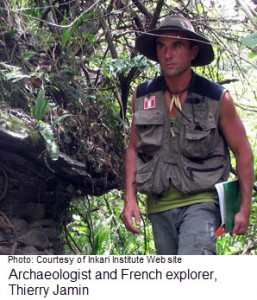
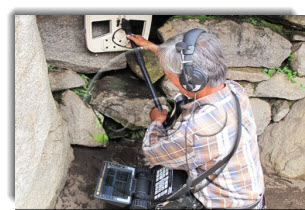
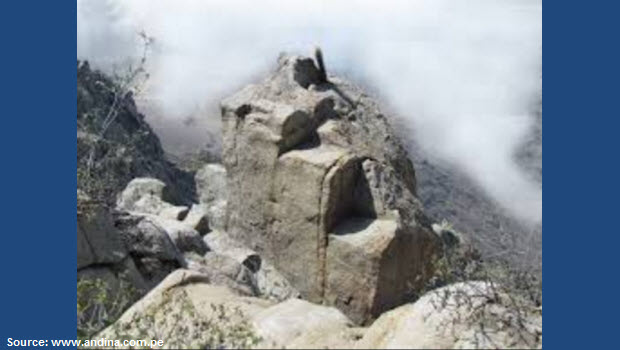 Ancient Moche sacrificial altar discovered atop mountain peak
Ancient Moche sacrificial altar discovered atop mountain peak 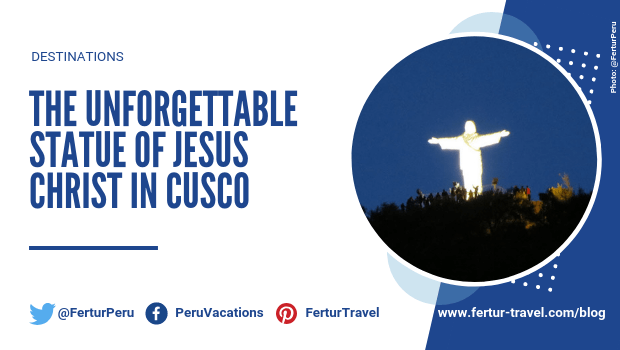 The Unforgettable Statue of Jesus Christ in Cusco
The Unforgettable Statue of Jesus Christ in Cusco 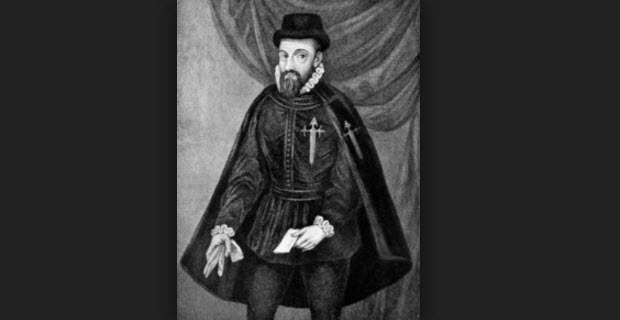 How the mystery of Francisco Pizarro was solved
How the mystery of Francisco Pizarro was solved 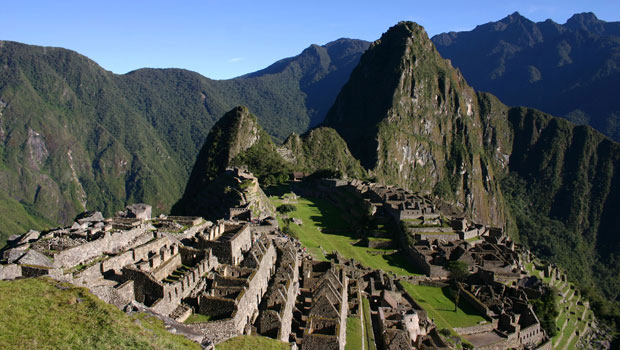 Repairs to Machu Picchu train still on track; Gov’t rejects helicopter service in the interim
Repairs to Machu Picchu train still on track; Gov’t rejects helicopter service in the interim 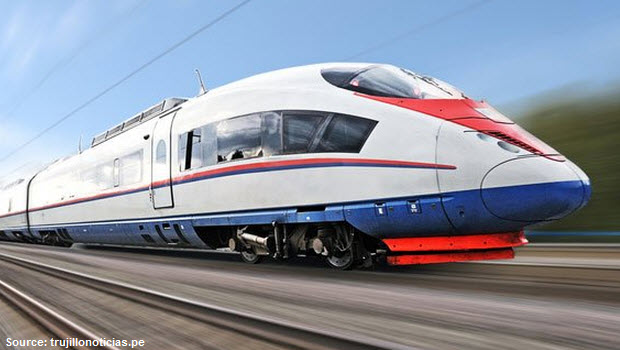 Travel News: Coast Rail planned for Peru
Travel News: Coast Rail planned for Peru 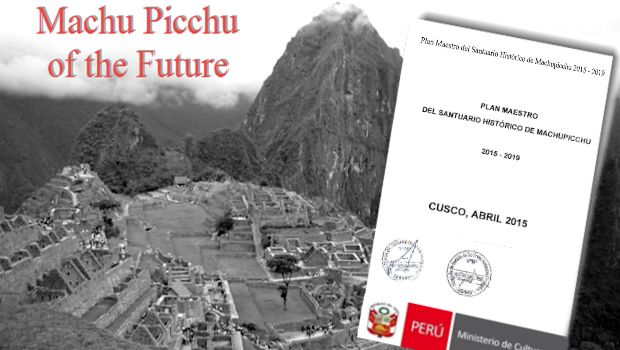 The Machu Picchu Master Plan 2015-2019
The Machu Picchu Master Plan 2015-2019 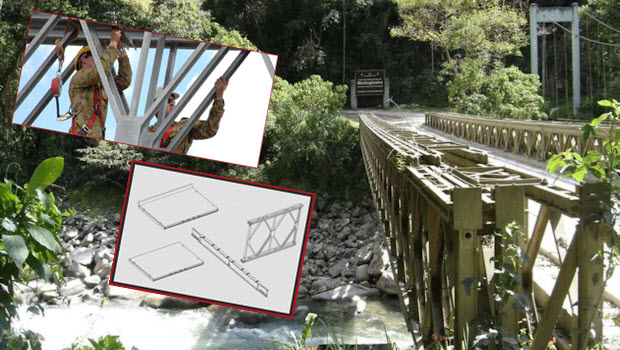 A new bridge to Machu Picchu
A new bridge to Machu Picchu
It turns out that he’s not actually an archaeologist. Given that, where’s the story? Do you seriously believe that Peru, or any other county for that matter, should allow treasure hunters to dig for gold and glory wherever they feel like?
Hi Judi,
In a word… No.
Of course not.
But on the issue of the scientific merit of further archaeological study of Machu Picchu, have a listen to this 2011 MP3 interview with archaeologist Guillermo Cock: http://bit.ly/Mapi¿DigIt
Should there be excavation to clarify the origins and the evolution of Machu Picchu? Oh yeah. Absolutely. Will it ever happen? Probably not.
“We want to know about the archaeology, when the first settlements began, long before the Inca,” Dr. Cock said. “But for that you need to conduct a type of excavation that nobody will take the risk to conduct. Nobody wants to be at the eye of the storm.”
Given how important Machu Picchu is to Peru’s tourist industry, I get why they don’t want to undertake any extensive excavations there, especially if they could potentially undermine the structural integrity of the site. (I seem to recall reading something a while ago about how it’s slowly slipping down the hill.) So while I’d like to see some real scientific work done, I accept that it’s probably not gonna happen. Having said that, I don’t think treasure hunting loons running around shouting “conspiracy!” really helps, either.
As for the origins of the Inca, I’d hazard a guess that they’re probably not going to be found at MP anyway. What would be great would be more resources devoted to Peruvian archaeology in general. Both to conduct digs, and to protect sites from damage from looters, etc. Peru probably doesn’t have the means to do that, so some foreign funding would be nice.
Dating back to at least 1981, professional exploration groups such as Glocca Mora (discovered the Spanish galleon “San Jose” in 1981 worth $17 Billion), & Odyssey Marine ( Black Swain in 2007 worth $500 million) have been the subject of the GREED of countries such as Spain & South America. These counties have learned to use the information these professional archeological treasure hunters spend ten’s of millions to locate treasure laden ships, buried hordes, etc. while denying these groups access or any compensation for their research data. These countries know the court’s “have their back” to deny the research groups ANYTHING. As a lover of historical evidence ALL of this GREED has lead to a tremendous reduction by these type groups to research and locate historically significant items and locations. I do NOT understand why Columbia will not allow unexcavated tunnels under Machu Picchu to be entered when the entrance has been located by GPR. The contents have the potential to tell us a tremendous amount of history about the location. Researchers have detached large horde’s of possible gold & silver items, & it possibly leads to the burial chamber of king Pachacuti. All of these type actions deny & delay for decades the educational opportunities that can be learned from them. The NEW standard is “ONLY WHEN THE GREEDY COUNTRY WANTS TO SEND THEIR TEAM IN TO CONFISCATE EVERYTHING WILL THE WORLD BE ALLOWED TO LEARN THE HISTORY AROUND US”. The courts need to become fair & just about the financial consequences of their GREEDY rulings that exploration groups & STOP awarding everything to countries that don’t even what to reimburse lost research costs, or a monetary percentage to their finds. If not, research to locate these historical finds will quickly fade away.